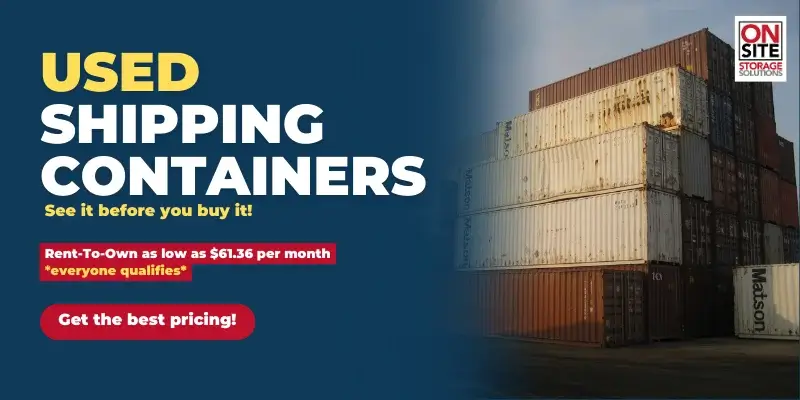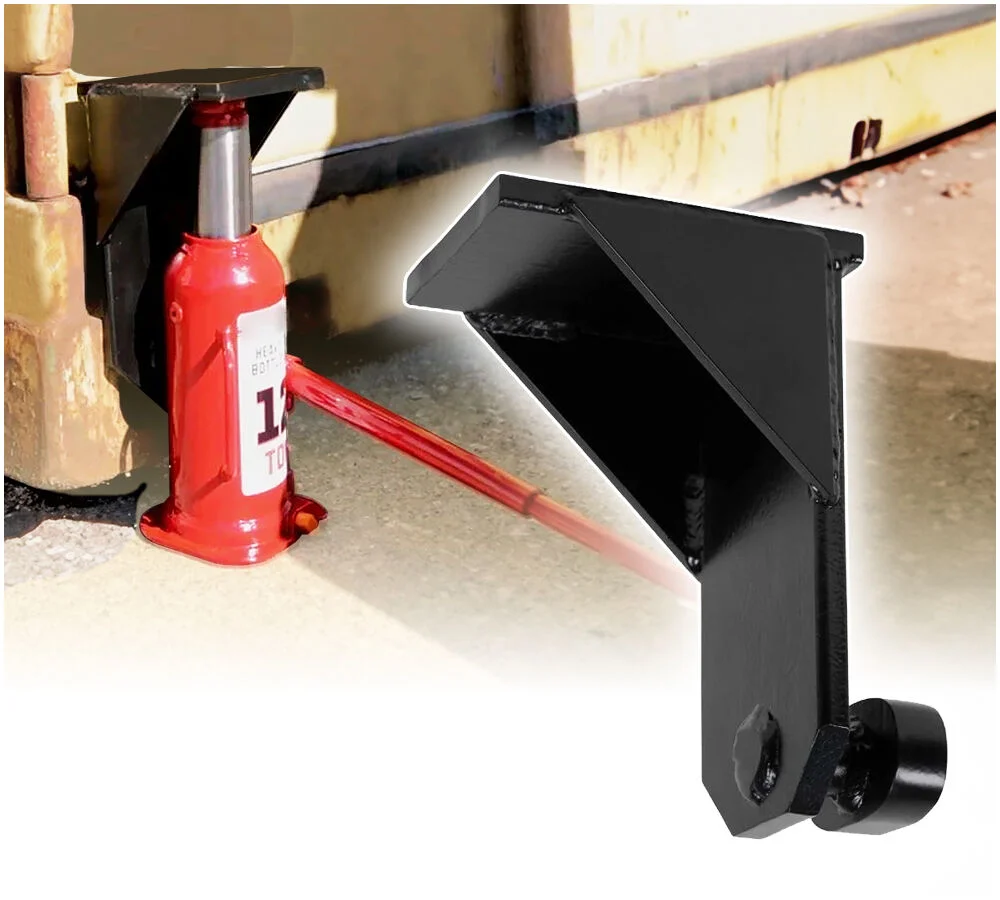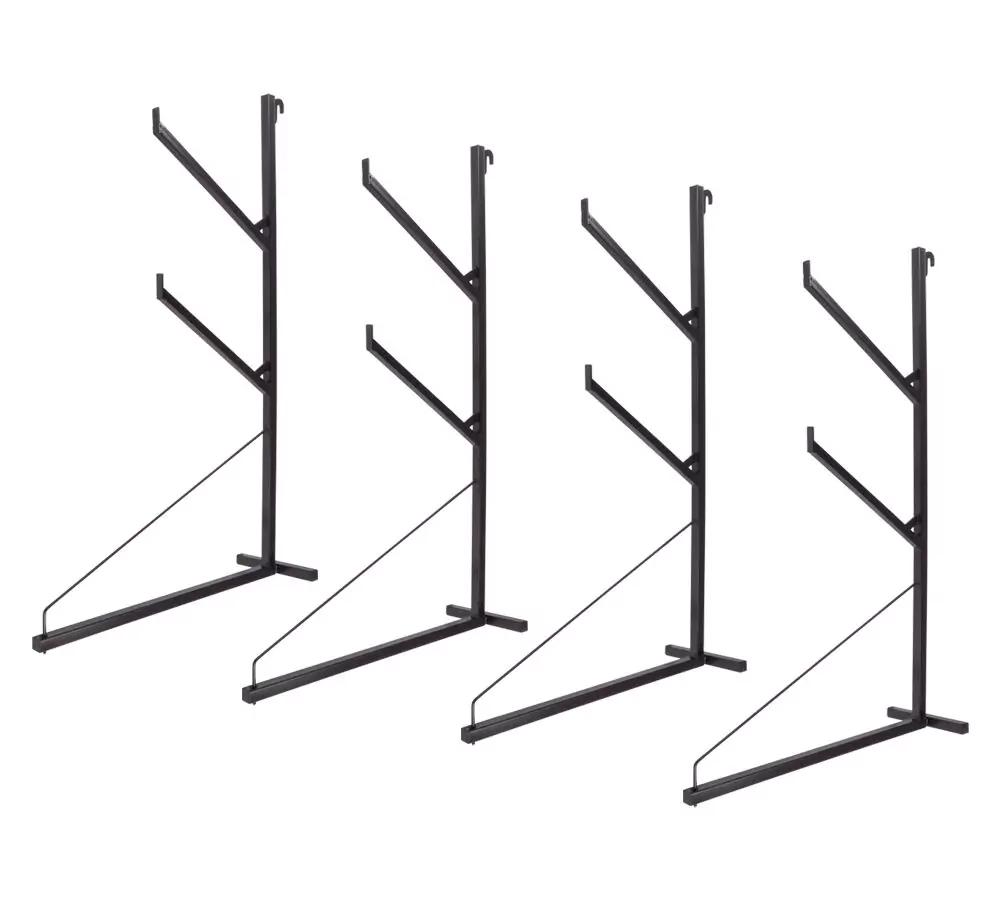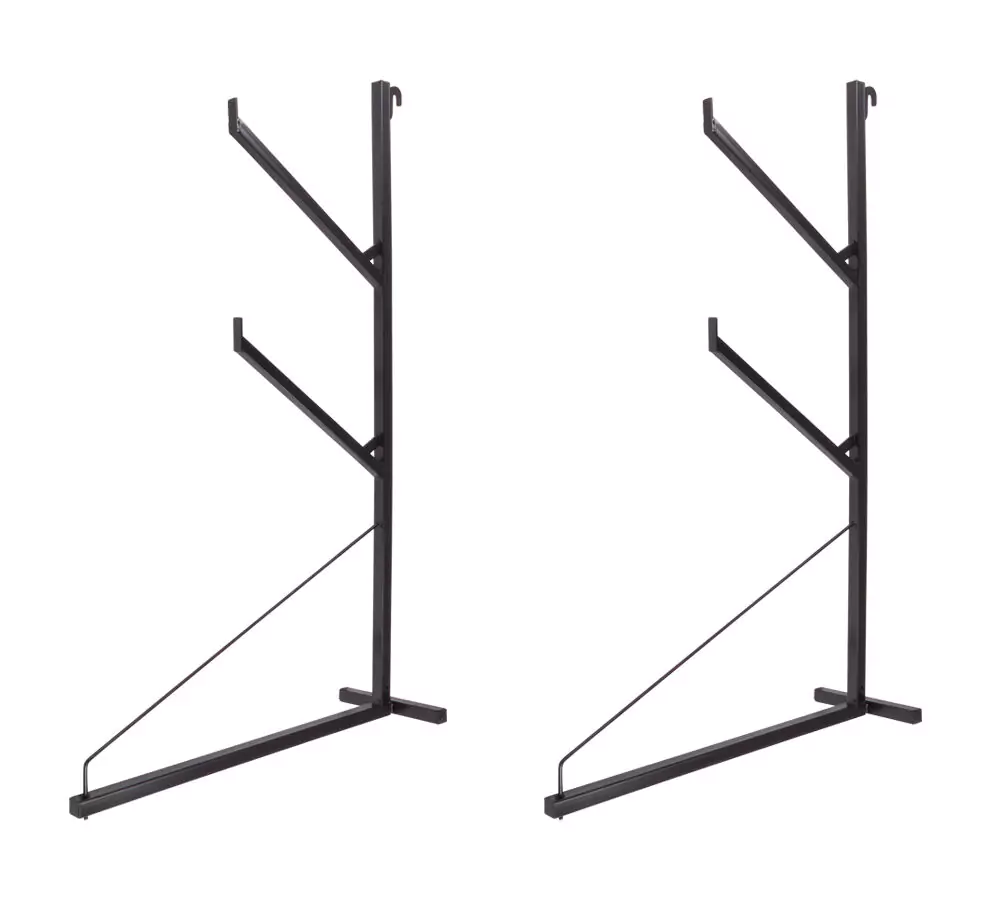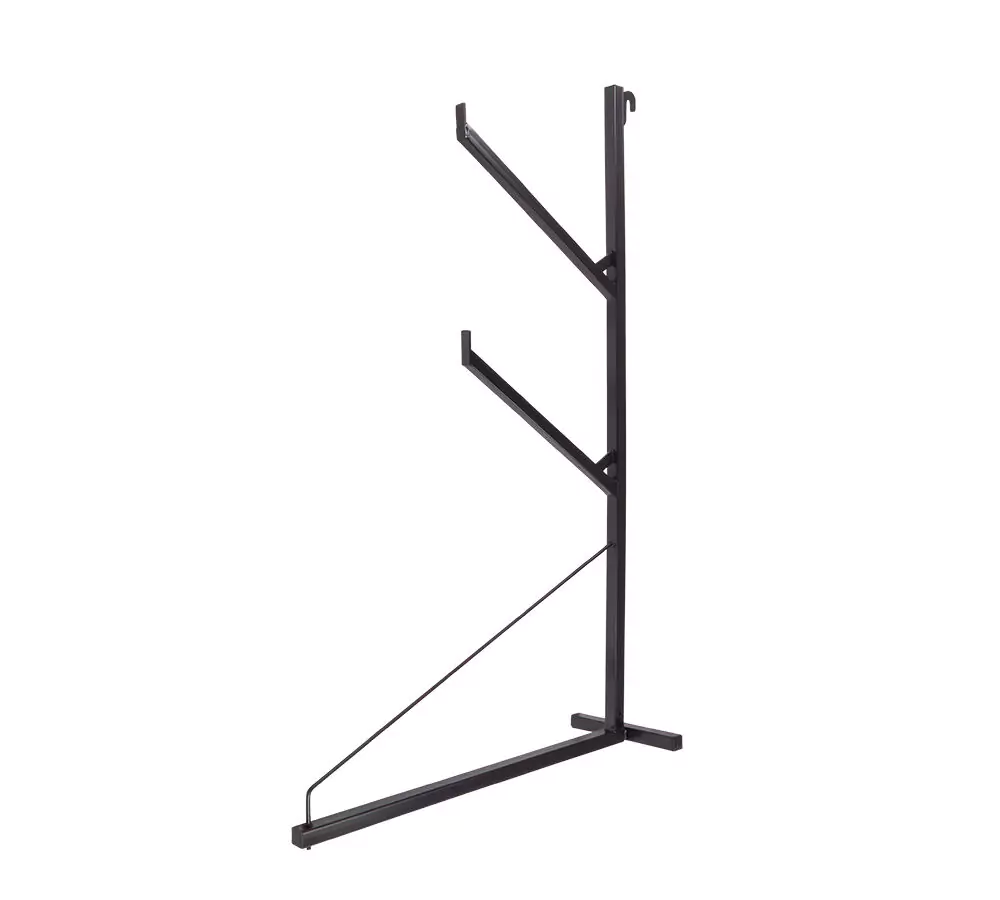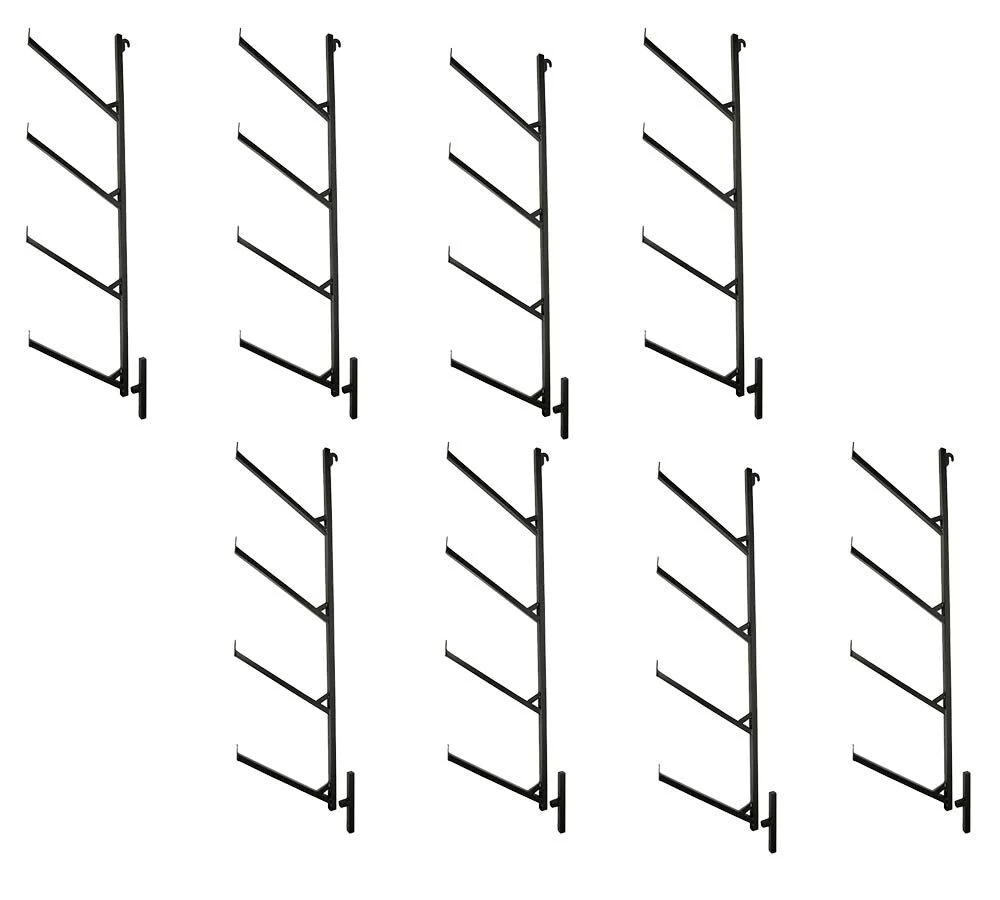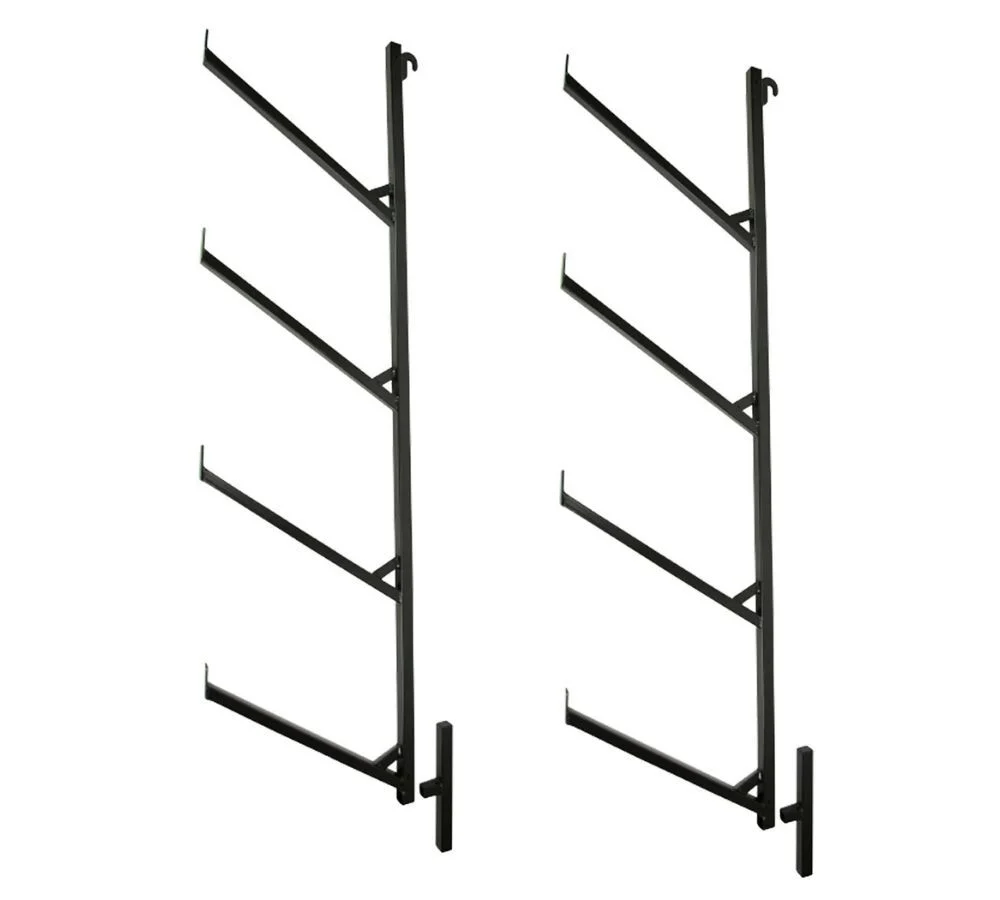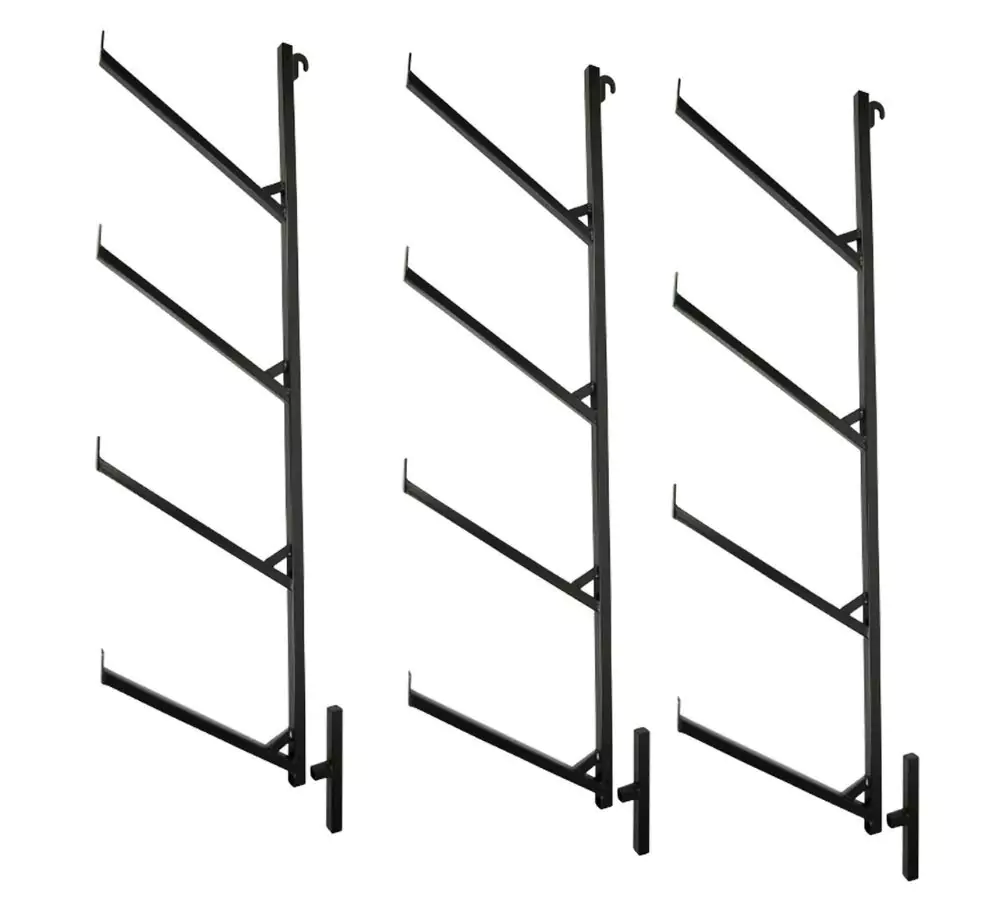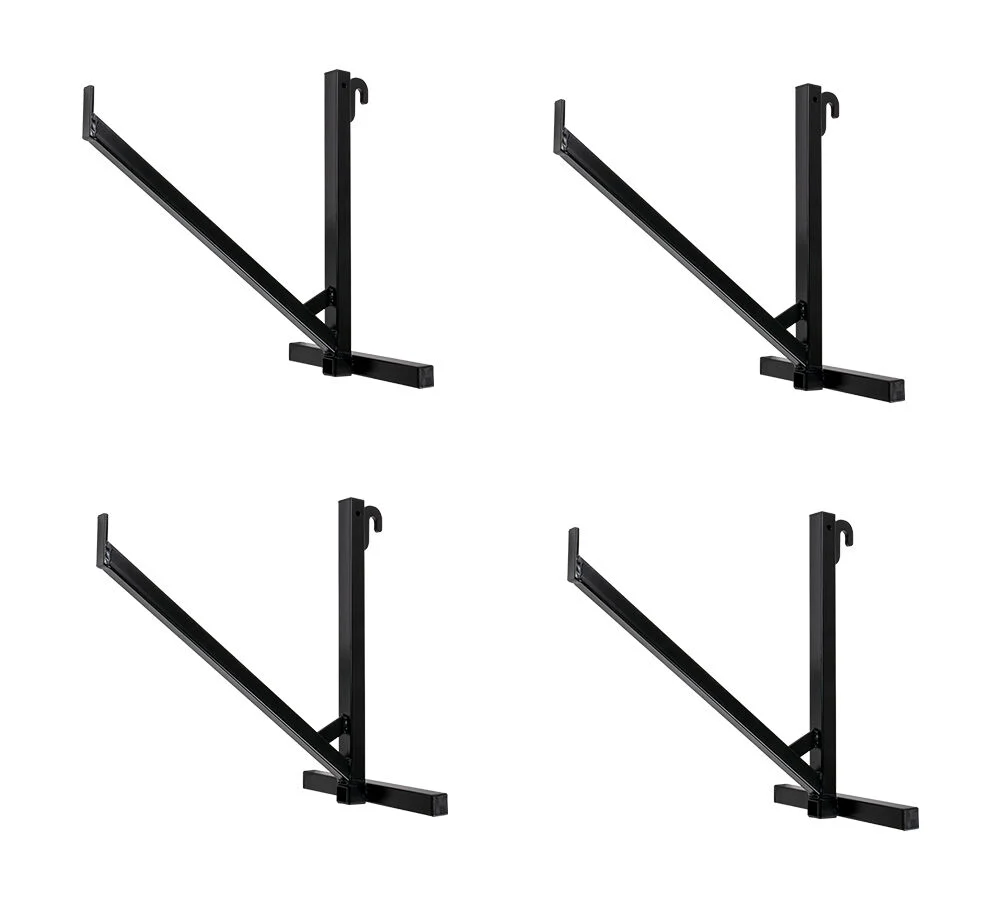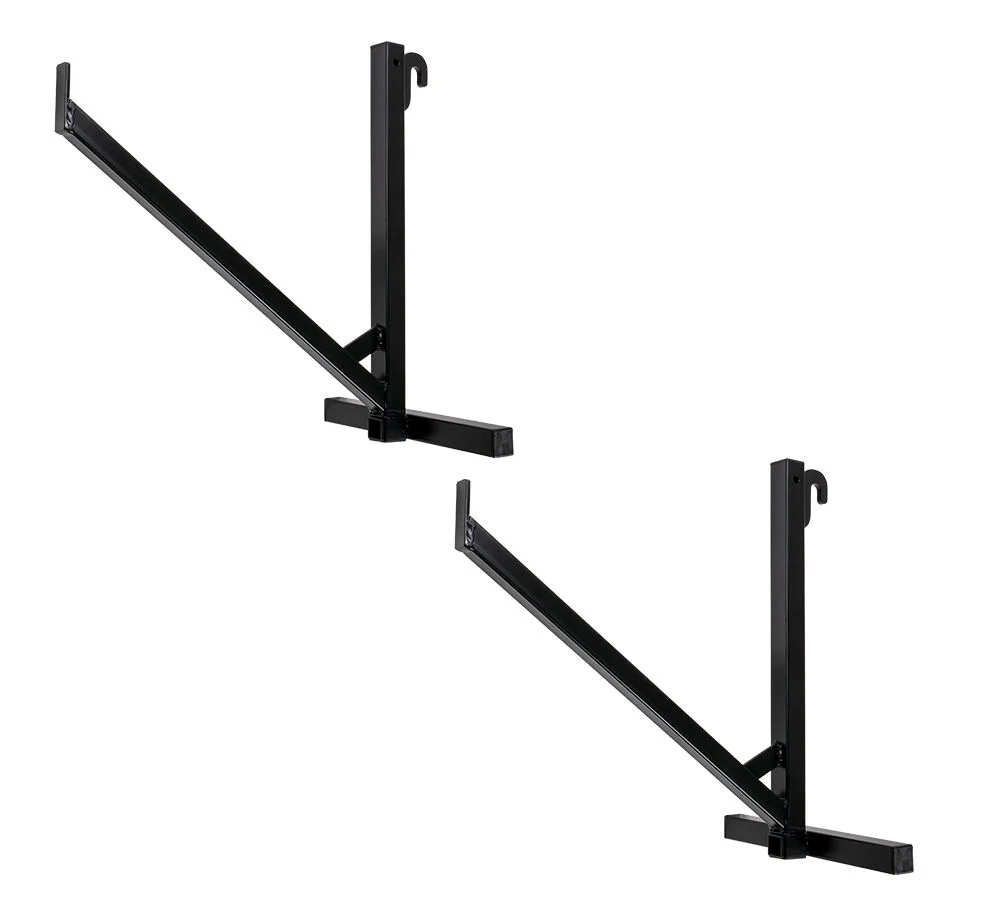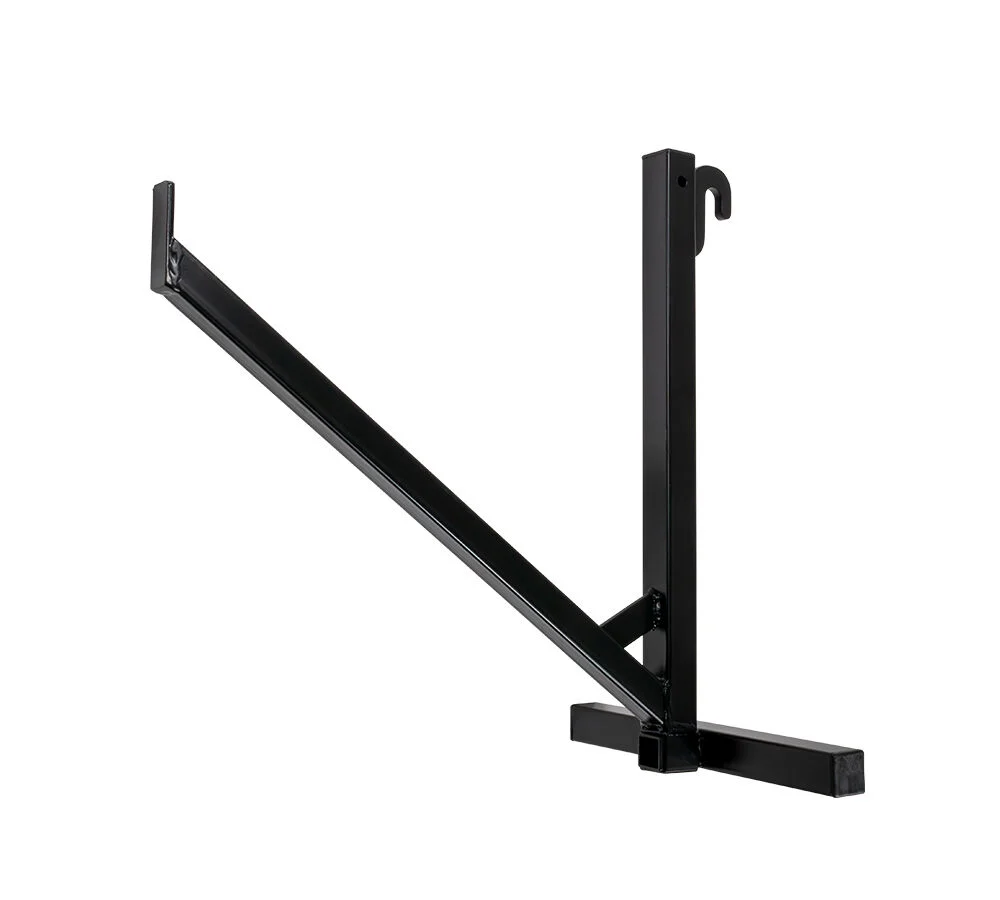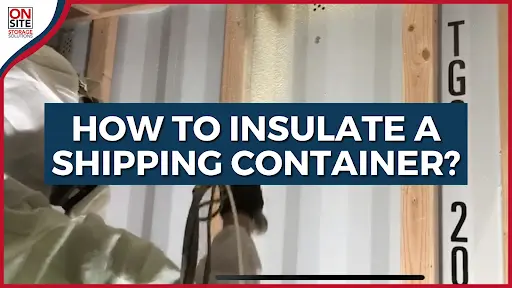
Before you go in search of the perfect storage shipping container for your needs, there are several variables to take into account: cost, size, condition, and usage; security measures needed; location and access requirements; surface preparation considerations; as well as maintenance matters. These factors should all be carefully considered prior when to buy a shipping container.
A frequently disregarded detail when buying a shipping container is the need for insulation. Just like any home’s attic, basement, or exterior walls, insulation must be installed to regulate temperature and humidity inside the container. Whether it will store items or become a living space, proper environmental control of your shipping container is vital.
Exploring the various techniques to insulate your shipping container can be overwhelming, so let’s take a closer look at some of the most popular options.
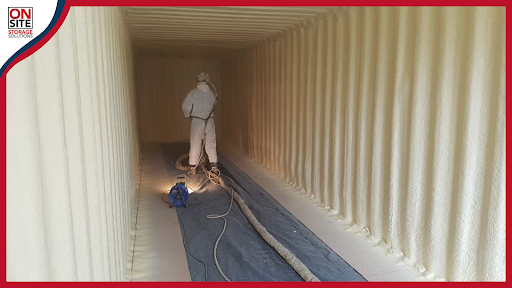
1. Foam Insulation of a Shipping Container
Spray foam insulation is a fast, effective, and flexible solution to maintain your shipping container warm in the colder months while retaining it dry during humid seasons. This type of insulation eliminates condensation and crafts an impermeable vapor barrier. It’s also exceptionally adjustable which allows you to access areas of any size or shape with ease.
Spray foam insulation is a great option for both the interior and exterior insulation of your shipping container, as well as underneath to stop any ground moisture from infiltrating. Not only does spray foam create an air-tight seal around your studs but once dry you can also paint over it for a clean finish. Although more expensive than other methods of insulation and messier to work with, its expansive capabilities make it ideal in this situation; just remember that trimming may be required afterward due to excess expansion past your stud’s face.
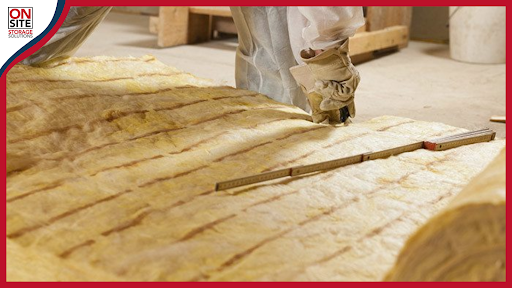
2. Blanket Insulation of a Shipping Container
To combat the cold on a chilly winter evening, you might choose to grab a sweatshirt or a blanket. In much the same way, you can protect against temperature fluctuations in your used storage containers by utilizing “blanket insulation”.
Blanket insulation is the best way to keep your walls warm and cozy. It comes in pre-cut lengths easy to install, so you don’t have to spend extra time cutting it during installation. This type of insulation won’t stand on its own, it’s like a comfy blanket with added thickness from different materials that need to be held up by studs for support. Different varieties include:
- Fiberglass Insulation: Crafted from recycled glass or superheated sand transformed into delicate strands, this is the most popular form of low-cost wall insulation utilized in Western countries.
- Mineral Wool Insulation: This material offers great thermal insulation, so your home stays warm and cozy during cold months. Although not water-resistant, wool is a commendable option for keeping the heat inside.
- Natural Fibers Insulation: When choosing a material with natural fibers, cotton is an excellent option. Although it may be slightly pricier than other options, its heat retention capabilities are remarkable.
- Plastic Insulation: Plastic is the most economical option available, yet it does not insulate nearly as well as other materials.
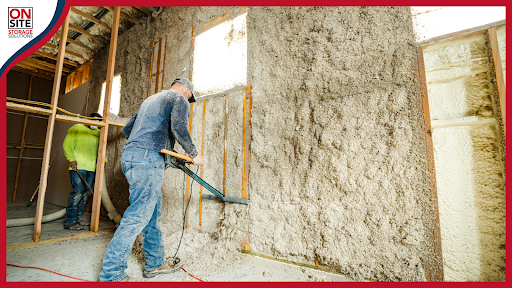
3. Loose-Fill Insulation of a Shipping Container
Before you can take advantage of this type of insulation, which consists of visible chunks that are inserted into the wall cavity, it is essential to guarantee that the space is totally sealed off. Otherwise, your chamber will be filled with scattered piles on the ground. Three kinds of materials include:
- Cellulose Insulation: This versatile, eco-friendly cellulose insulation is constructed from recycled paper products that are shredded and then inserted into walls or ceilings by a specialized machine.
- Loose-Fill Fiberglass Insulation: Unlike fiberglass batts, blown-in insulation is less dense and loosely bound so that it can be easily distributed with a machine.
- Vermiculite Insulation and Perlite Insulation: These minerals have been heated and expanded until they resemble popcorn, creating the perfect natural foam pellet to fill in wall cavities.
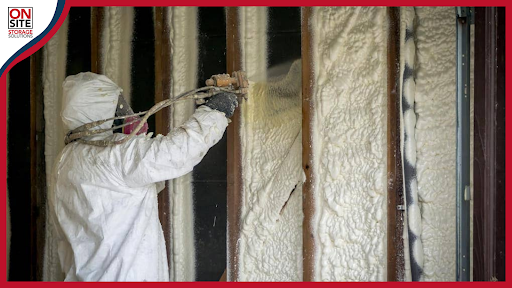
4. Expanded Foam Insulation of a Shipping Container
Create customized walls with pre-sized insulation panels from expanded foam that have been manufactured offsite. You won’t need any extra support for these boards and can easily cut out holes for your doors, windows, and other items.
Installing this type of insulation is a breeze. Simply attach it to the studs or glue it right onto your shipping container interior walls. Certain varieties are even molded to perfectly fit in the corrugations of a shipping container’s walls, resulting in significantly fewer air gaps.
There are several types of expanded foam insulation for your shipping container:
- Open-Cell Polyurethane Foam Insulation: These open-cell foam cells are less dense and filled with cushiony air, resulting in their distinctive spongy texture and a lower R-value.
- Closed Cell Polyurethane Foam Insulation: By utilizing a “blowing agent”’, the micro-cells of the foam are filled with an alternate, more thermally efficient gas other than air. This allows for enhanced insulation value (R-value) to be achieved in order to better maintain desired temperature levels.
- Extruded Polystyrene Foam Insulation: Constructed from tiny plastic beads which are melded into a closed-cell foam, you’ve most likely seen this type of white material in the form of disposable coffee cups. It’s also the same kind of foam used to make shipping container insulation kits.
- Expanded Polystyrene Foam Insulation: Poured out of a mold, this insulation material is transformed into dense yet lightweight closed-cell foam sheets.
- Polyisocyanurate (Polyiso): Rigid and more durable than polyurethane, this material is the perfect choice for many applications.
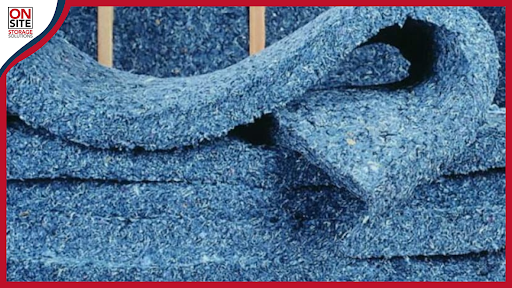
5. Denim Insulation of a Shipping container
Utilizing recycled jeans is an expensive yet effective insulation method, providing a notable R-value of 3.5 when done correctly. If you are not concerned about employing renewable materials in your shipping container home, this may be the ideal choice for you.
While denim may work as an insulation alternative, there are some drawbacks such as the lack of fire retardant properties and its inability to wick away moisture. Therefore, it is not advised that you use denim for a home shipping container insulation project since other methods have proven more successful due to their fire-resistant quality and moisture absorption capabilities.
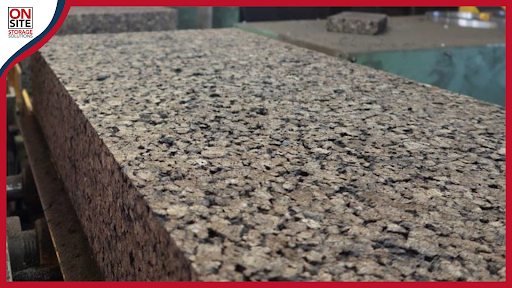
6. Cork Insulation of a Shipping Container
Cork is an increasingly popular choice for sustainable insulation. Not only does it boast a respectable R-value of 3, but the cork’s acoustic properties also ensure that the space is soundproofed against noise. Unfortunately, this natural solution tends to be more costly than other options. But if environmental consciousness and comfort are your priorities, then look no further. Unlike some materials sourced from trees, harvesting cork requires no destruction or harm to come to the tree itself, making it both eco-friendly and reliable.
Conclusion
With countless insulation methods available, it is important to consider your budget, expertise level, and requirements when making a selection. Additionally, you can always blend multiple types of insulation for the desired outcome. Ultimately, deciding whether or not to insulate your shipping container should factor into any purchasing decision; be sure to include both cost and time commitment for a proper insulation outcome.
On-Site Storage Solutions
On-Site Storage Solutions is here to provide you with the perfect shipping container for your needs. With over sixty depots throughout the United States and Canada, we can have a container delivered to you in no time! If you need more information or help to find the right size, don’t hesitate to give us a call at (888) 405-8772 – our friendly staff would be delighted to assist.
FREQUENTLY ASKED QUESTIONS
Standard shipping containers are not insulated. Non-working insulated reefers, however, are a type of shipping container that comes with built-in insulation. Although they don’t have operational refrigeration units, their insulation maintains more consistent temperatures, making them suitable for temperature-sensitive cargo.
The cheapest way to insulate a shipping container is by using fiberglass or foam board insulation. Attach it to the container’s interior walls and ceiling. Seal any gaps with spray foam. While cost-effective, it’s essential to ensure proper installation for effective insulation.
Insulated shipping containers usually cost between $7,500 and $10,000. The price can vary depending on factors like the container’s size, condition, and location. Additionally, fluctuations in stock availability due to supply and demand can also influence the cost.


